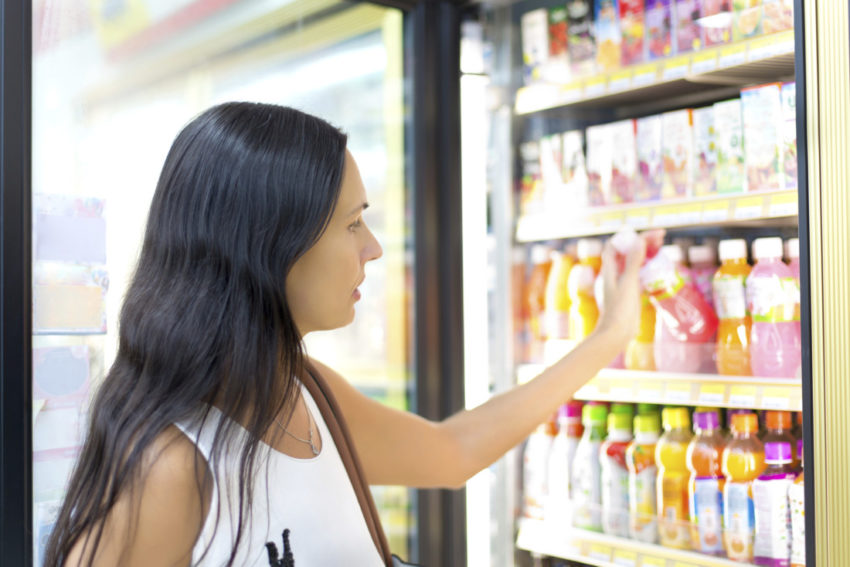
Share On Social!
This is part of our Sugary Drinks & Latino Kids: A Research Review »
Conclusions
- The large amount of added sugar consumed by Latino youths in the form of SSBs must be addressed, given the impact of this added sugar on obesity.
- Young people are exposed to a wide variety of SSB advertising and promotion, with exposure among Latinos disproportionately high, despite voluntary efforts by beverage companies to reduce marketing to children.
- Very few early childcare facilities report serving sugary drinks to children ages 0-5, but increased regulation can reduce serving of sugary drinks and increase promotion of water.
- A more sizable price increase on all SSBs could have a significant effect on consumption of SSBs and could improve weight12,30–33,36,38,49,67,77,92,112–115 and health outcomes at the population level. Limited existing evidence suggests that the effects would likely be greater for Latinos.
- Latino children drink less plain water than their non-Latino white peers, suggesting the need for greater access to and affordability of water sources.
Policy Implications
- Early childcare centers should consider best practices from the revised Child and Adult Care Food Program (CACFP) guidelines, such as avoid serving sugar-sweetened beverages.83
- Beverage companies’ voluntary efforts to reduce children’s exposure to SSB marketing have had little impact. Stronger restrictions on SSB marketing to children are likely to be necessary to achieve significant reductions in exposure to SSB advertising and promotion.
- Research indicates that a specific tax covering all SSBs (not just soda) will have greater impact on SSB consumption and weight outcomes than a sales tax or an ad valorem excise tax. A tax that raises all SSB prices by 20 percent would reduce SSB consumption by 24 percent, with the net impact on weight less clear. Revenues from the tax could be directed toward obesity-prevention and other health-promotion efforts.
- Policies to lower the price of healthier beverages relative to SSBs, such as incentivizing the purchase of healthier beverages, are also likely to reduce SSB consumption and potentially improve weight outcomes.
More from our Sugary Drinks & Latino Kids: A Research Review »
- Introduction & Methods
- Key Research Finding: Latino kids’ sugary drink consumption
- Key Research Finding: Weight gain
- Key Research Finding: Marketing
- Key Research Finding: Childcare settings
- Key Research Finding: Pricing
- Key Research Finding: Water
- Policy Implications (this section)
- Future Research Needs
References for this section »
None
By The Numbers
1
Supermarket
for every Latino neighborhood, compared to 3 for every non-Latino neighborhood



